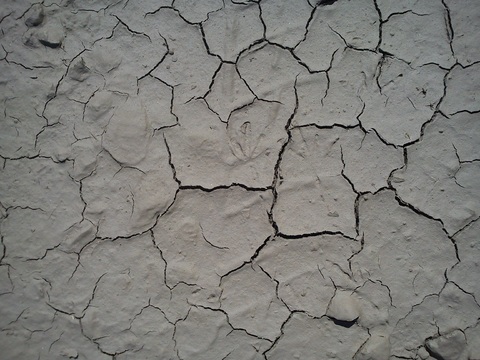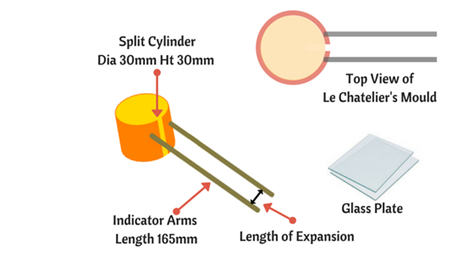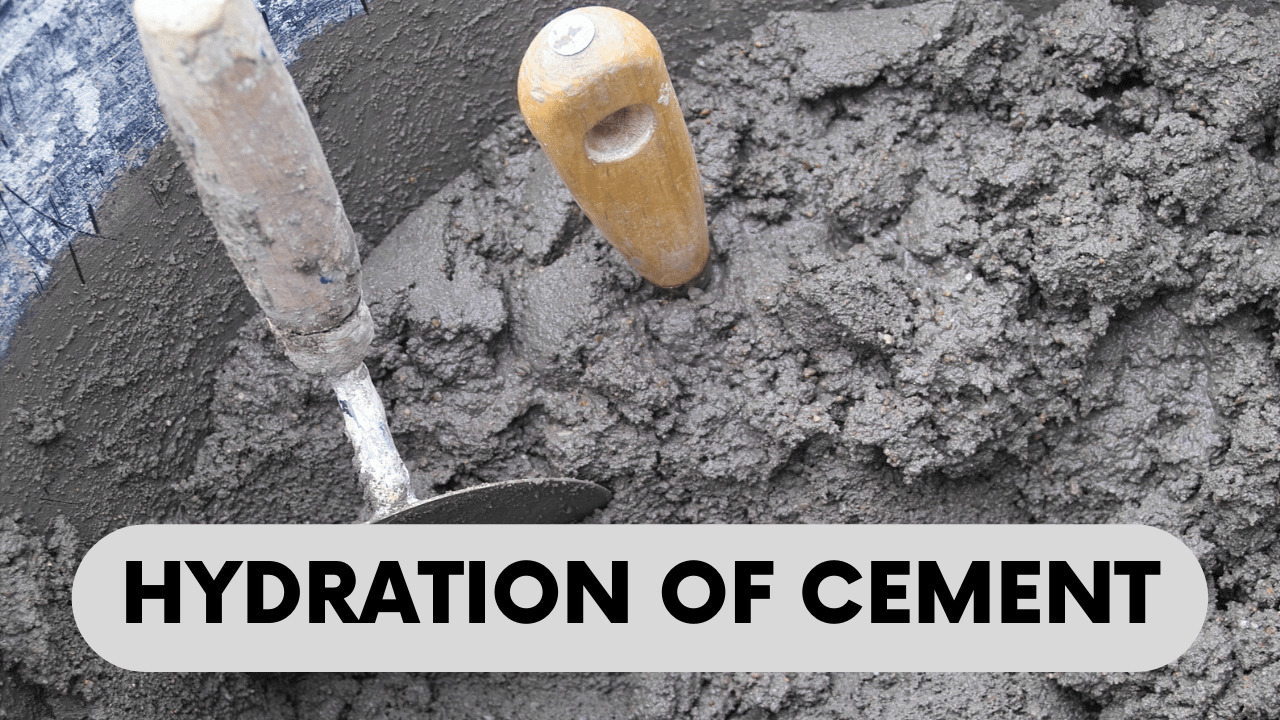While manufacturing cement, little attempts of accurate material proportioning, grinding, and mixing are cobbled together to bring the final product to packaging. However, the product undergoes several physical and chemical tests that affirm its conformance to the standard’s recommendations.
One of the physical characteristics of cement is its ability to resist a change in its volume or shape as it hardens or sets. The degree of restraint it provides to any volumetric alteration characterizes its soundness. Lack of soundness may lead to volume expansion that may induce tensile stresses, ultimately leading to caustic results in the form of cracking.
Table of Contents
Causes of Lack of Soundness in Cement
The inept chemical composition of cement is held responsible for the lack of soundness in hardened cement. This is because excess hard-burned free lime or magnesia propel the expansion of cement, thereby changing its volume.
In addition, any chemical mechanism inside the cement paste that delays the hydration process is likely to impart expansive properties to the paste.
Fig.: Cracking due to unsoundness of cement
Presence of excess free lime (CaO)
If the raw materials that are fed into the kiln contain lime content more than that needed for the explicit reactions with the acidic oxides, the excess lime remains in the cement in the form of hard-burnt lime. The problem with this product is that it hydrates laggardly and occupies a greater volume than the original lime present as calcium oxide. As a consequence, volume expansion may take place which characterizes the cement as unsound.
Presence of excess magnesia (MgO)
The hydration process of magnesia is pretty much the same as that of the free lime. The hydration product is periclase which is also termed dead-burnt magnesia. This product is highly reactive and the presence of this in excess leads to expansion and possibly exacerbates the results by slow disruption.
Presence of Calcium Sulphate (CaSO4)
Gypsum or calcium sulphate is added to the cement clinkers to further regulate the setting time of cement. However, if a large amount of gypsum is added than that required for the reaction with celite (C3A), volume expansion may be a possible consequence once the powdered cement reacts with water.
It is important to note that the deleterious results of unsoundness do not become apparent immediately after the preparation of cement paste. Instead, unsoundness unveils the caustic results by affecting the durability over time.
Preventive Measures
It is important to finely grind the raw materials and clinkers to produce a cement unequivocally sound. This is to ensure that a homogeneous mix is produced where lime is equally distributed.
In addition, coarse cement grains are likely to entrap fine, uncombined lime particles, that do not undergo the hydration process. These fine particles on hydration are likely to cause splintering or disintegration of cement.
Experimental determination of soundness of cement
Cements can be tested for unsoundness using either Le Chatelier’s apparatus or the Autoclave method. In the former laboratory test, the soundness pertinent to only free lime can be determined whereas the latter is sensitive to both free lime and magnesia and helps determine the potential delayed expansion owing to them. The details of both tests are given as follows:
1)Le-Chatelier’s Method
Standard Used:
BS 196-3
Test Methodology
A cement paste can be checked for unsoundness using Le Chatelier’s apparatus. The apparatus consists of a split brass mold in which a cement paste of normal consistency is filled and placed on a glass plate. The mold top is leveled using a trowel or straight-edge, preventing undue compaction of the paste.
Another glass plate is placed on the top of the mold and the apparatus is kept under controlled conditions of temperature and humidity for a period of 24 hours.
The distance between the indicator points is measured and recorded (say x). Following this, the mold is heated by placing it in boiling water for almost 3 hours after which the distance between the indicator points is once again measured and noted down (say y).
The mold is brought back to room temperature and the very distance is again noted (say z). The difference between x and z defines the soundness of cement. Therefore,
General Outcomes:
Greater is the above calculated mathematical value, lesser is the soundness of the cement paste, and vice versa. This is because a larger value indicates poor resistance offered by the cement to external fluctuations of temperature in the form of succumbing to a volume change.
2)Autoclave Method
Standard Used:
ASTM C-151
Test Methodology
In this test method, specimens having dimensions of 25*25*250 mm are made using fresh cement paste and placed in a moist environment. Post 24 hours of sample placement under moist conditions, the specimens undergo length measurement after which they are placed in an autoclave which is a high-pressure steam vessel.
The samples are placed such that the four sides of each specimen are exposed to saturated steam from the autoclave.
The autoclave provides a controlled temperature and pressure and it is affirmed that the temperature is elevated at a rate tantamount to increasing the gage pressure of steam to 2.1 N/mm2 in 1-1.25 hours from the time the heat is turned on.
The pressure is maintained for a duration of almost 3 hours after which the heat supply is curbed. The autoclave is cooled at a rate such that the pressure drops to 0.1 N/mm2 in an hour. Following this, the specimens are removed from the autoclave and placed in water at an initial temperature of 90°C.
This temperature is later decremented to 27°C within 15 minutes. This temperature is maintained for another 15 minutes after which the samples are taken out and the lengths are measured again and recorded. The difference in the obtained lengths before and after placement in the autoclave is a direct index of the unsoundness of the cement paste.
General Outcomes:
Greater is the difference of length, lesser is the resistance offered by the cement to volumetric change and lesser is its soundness.








